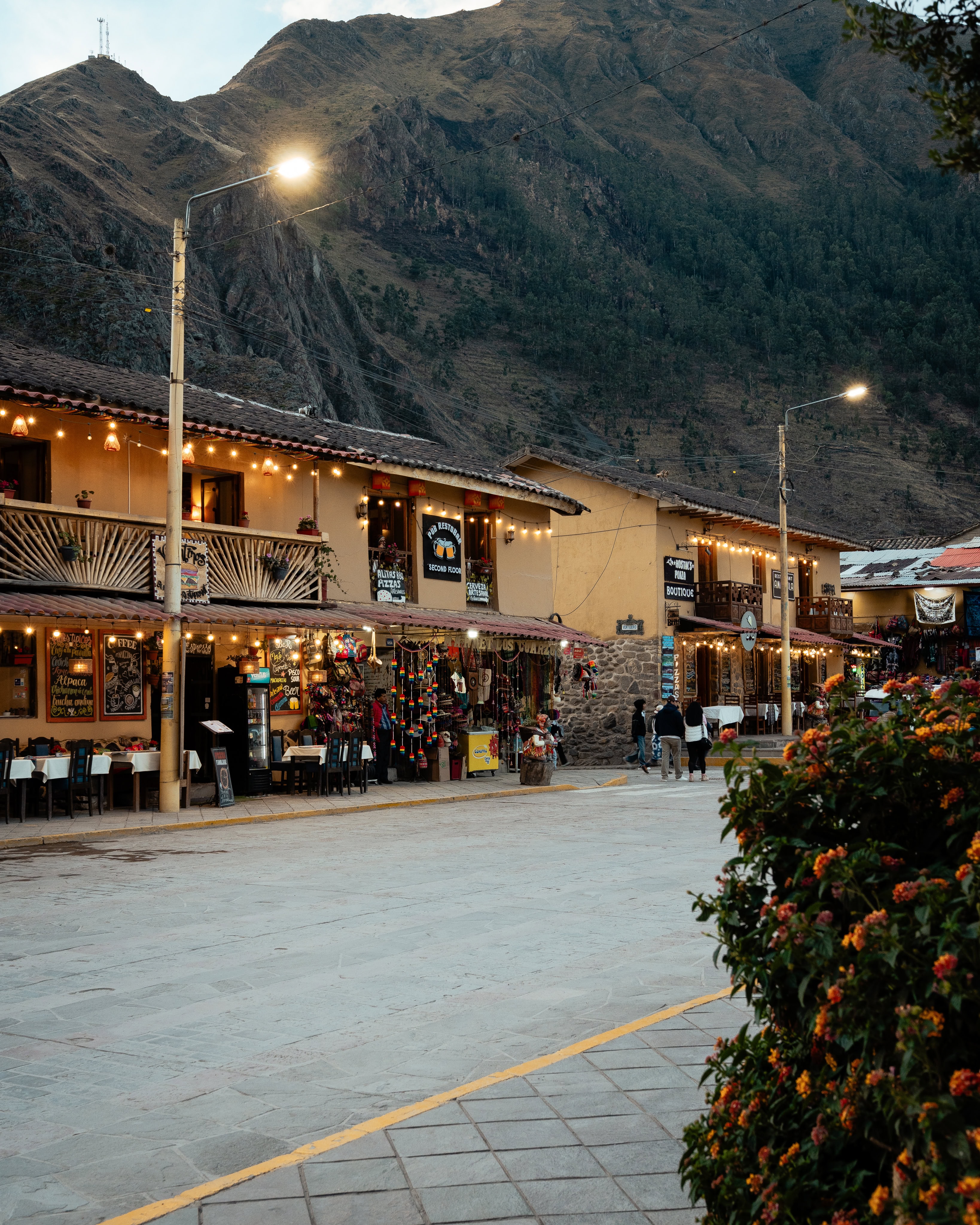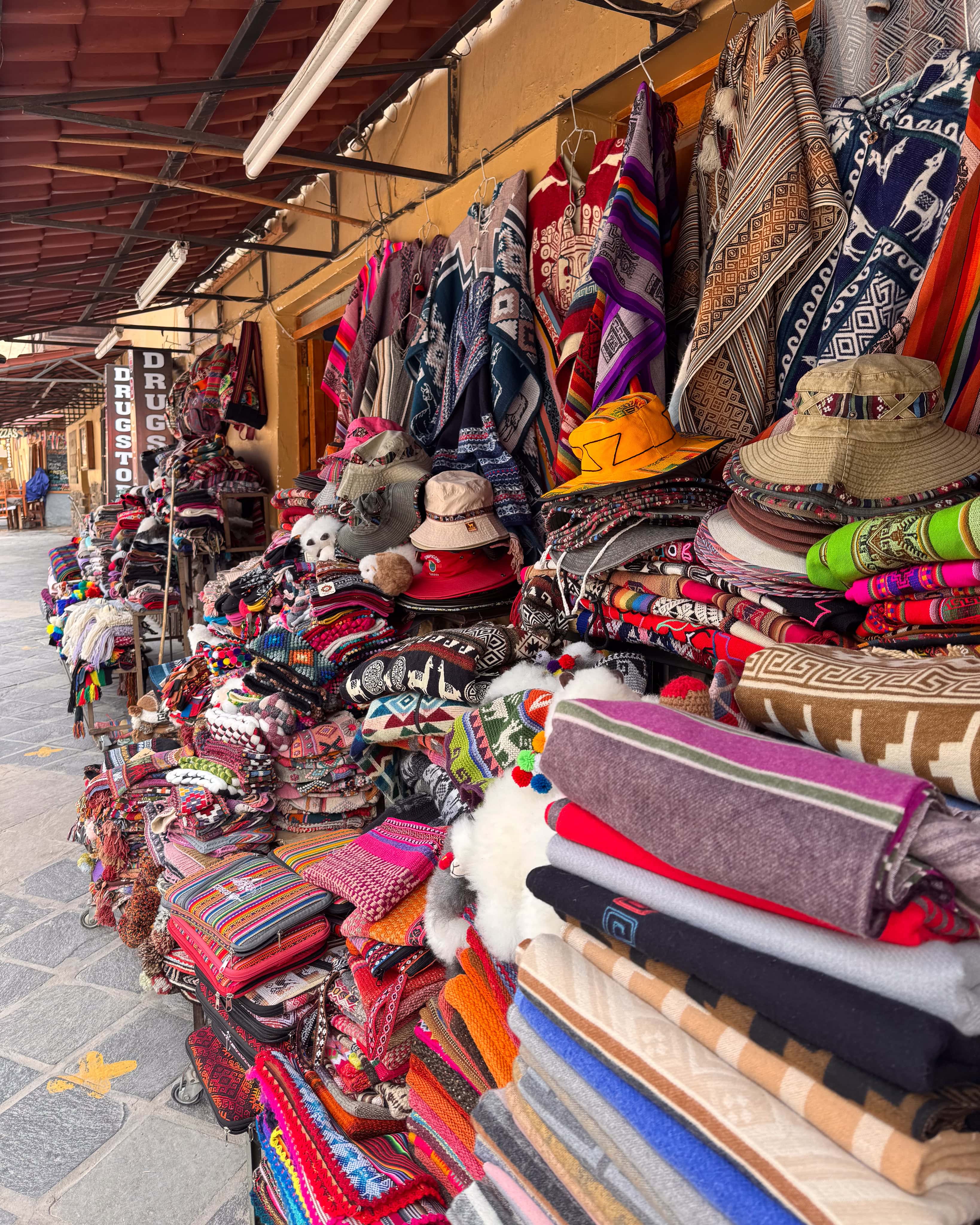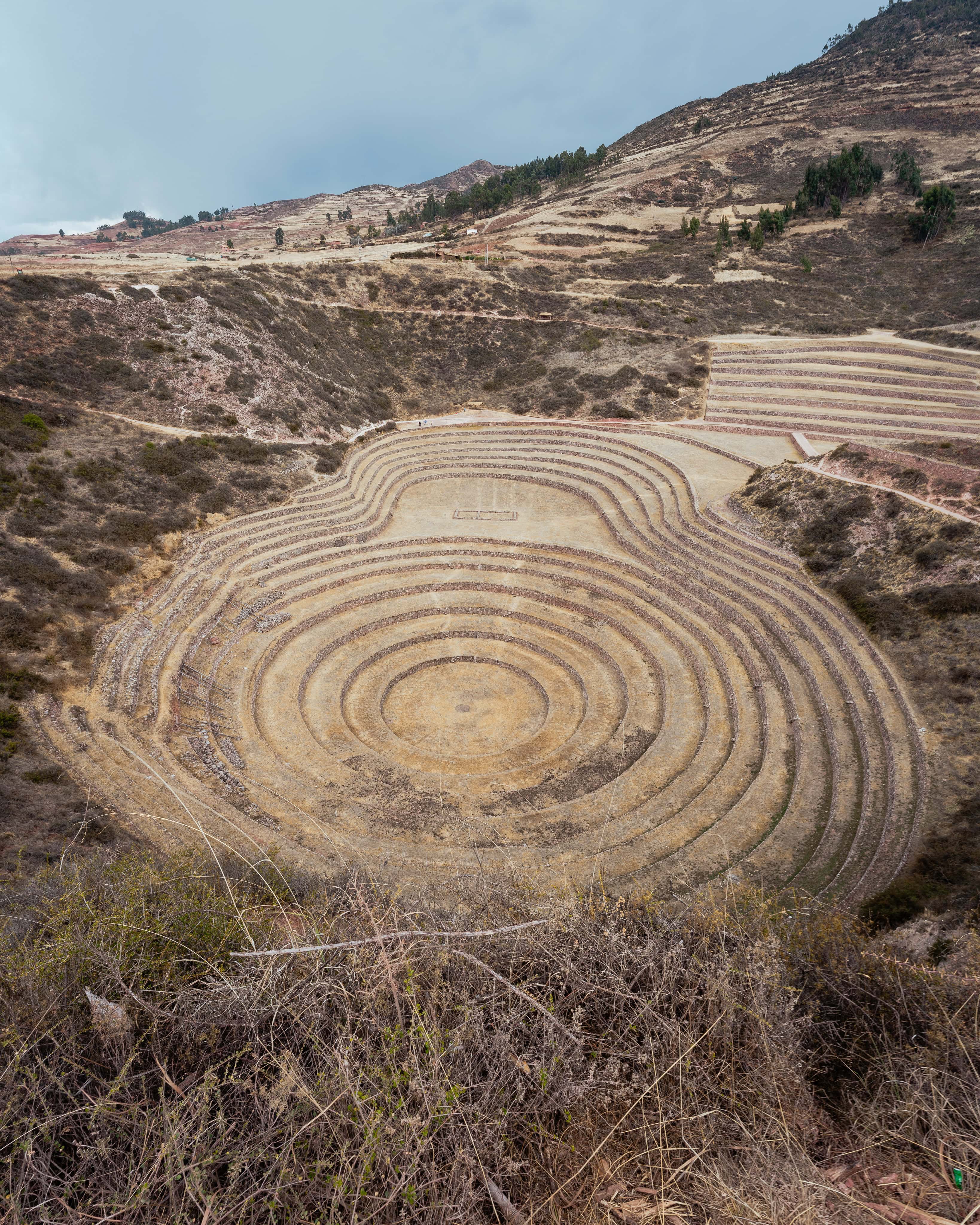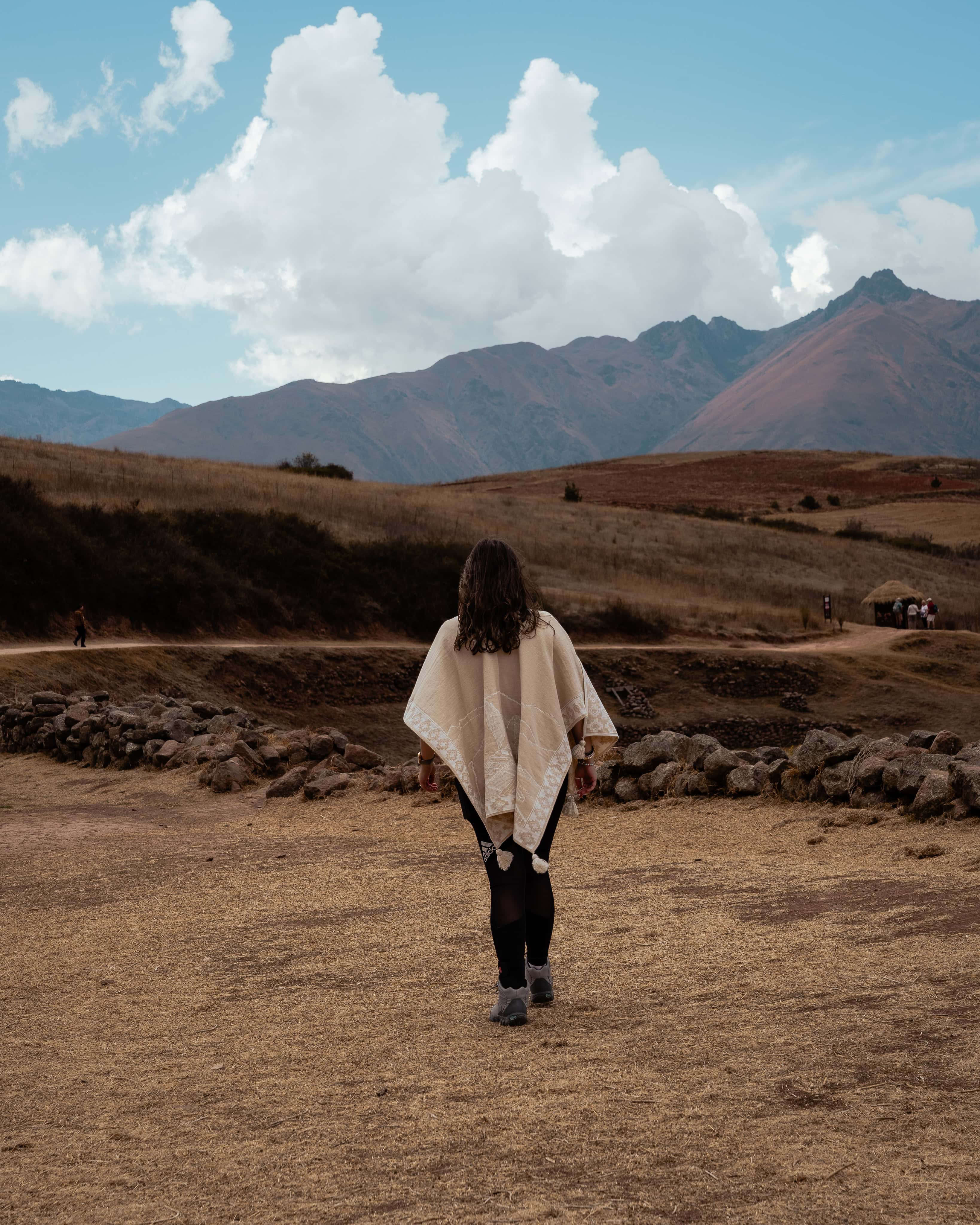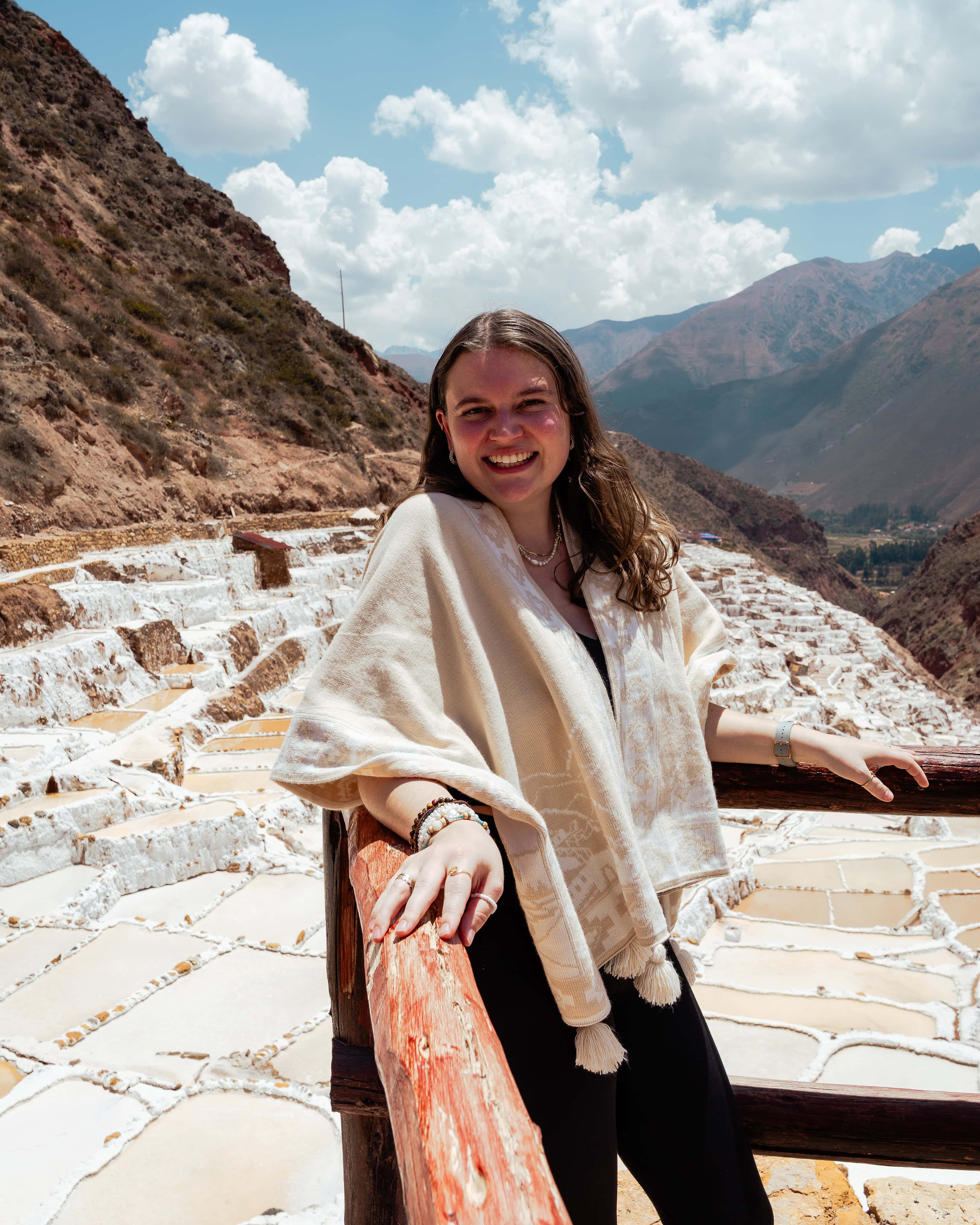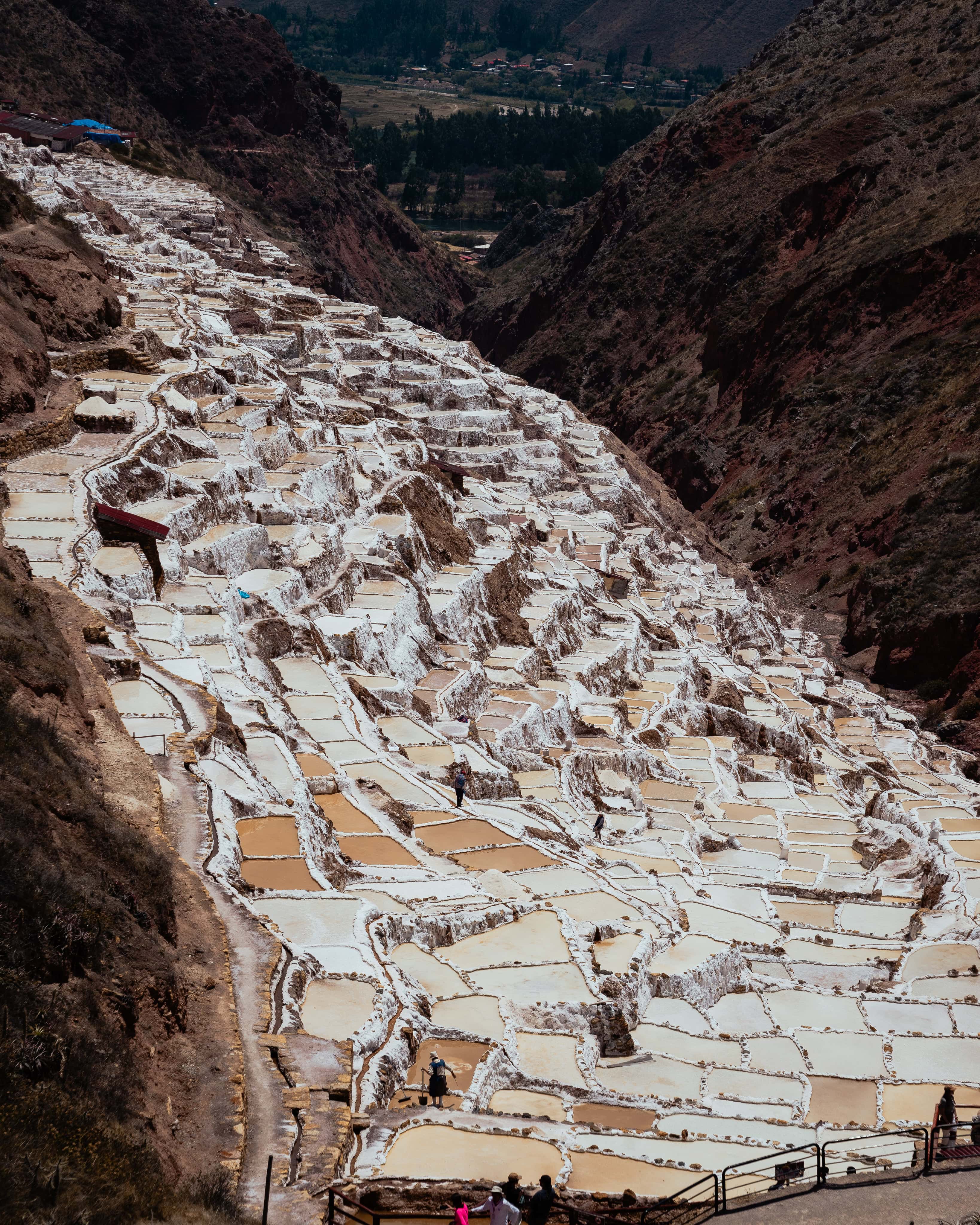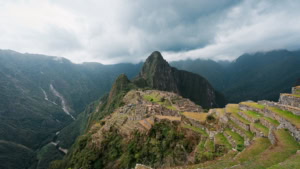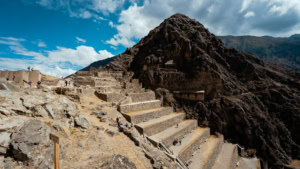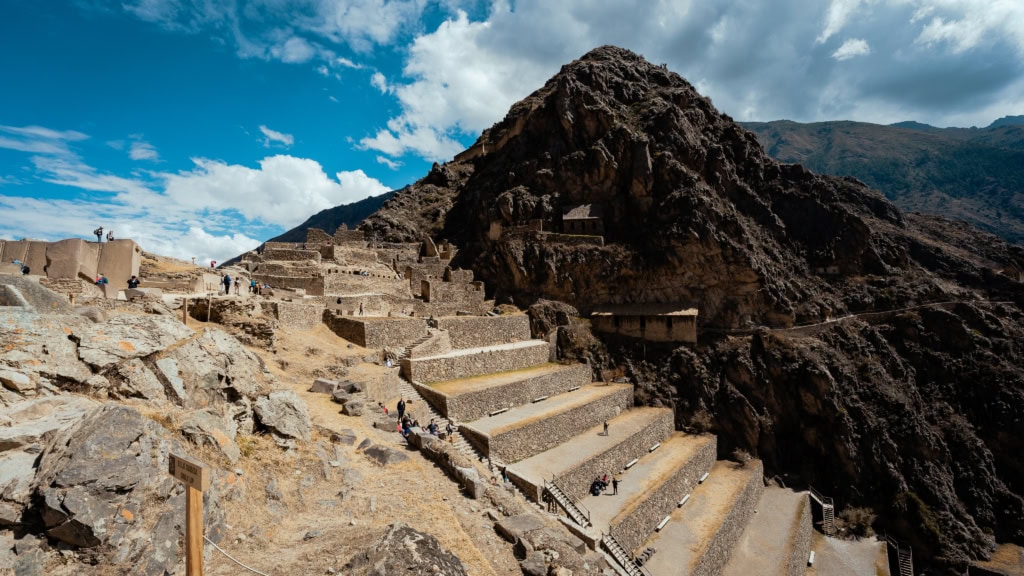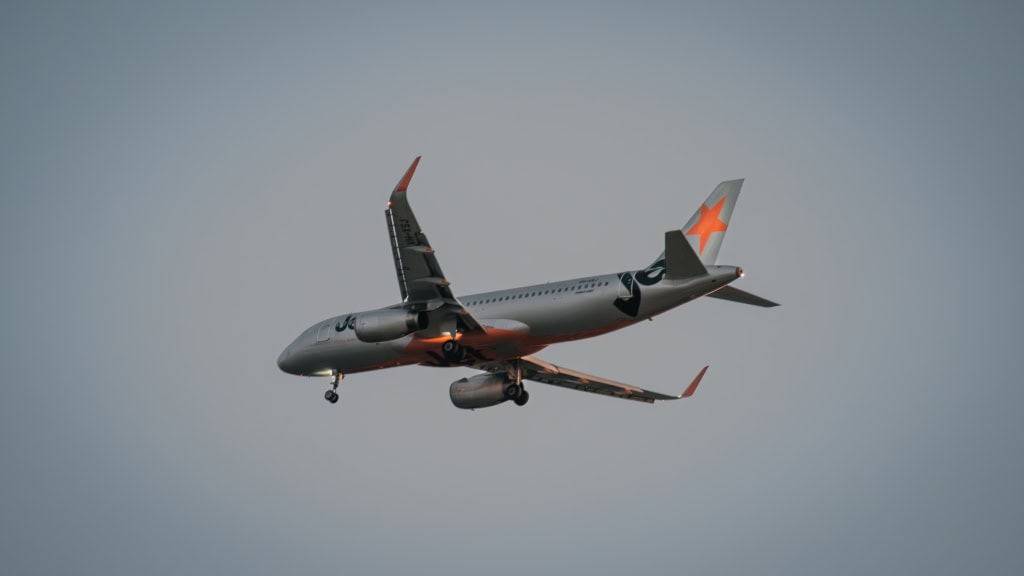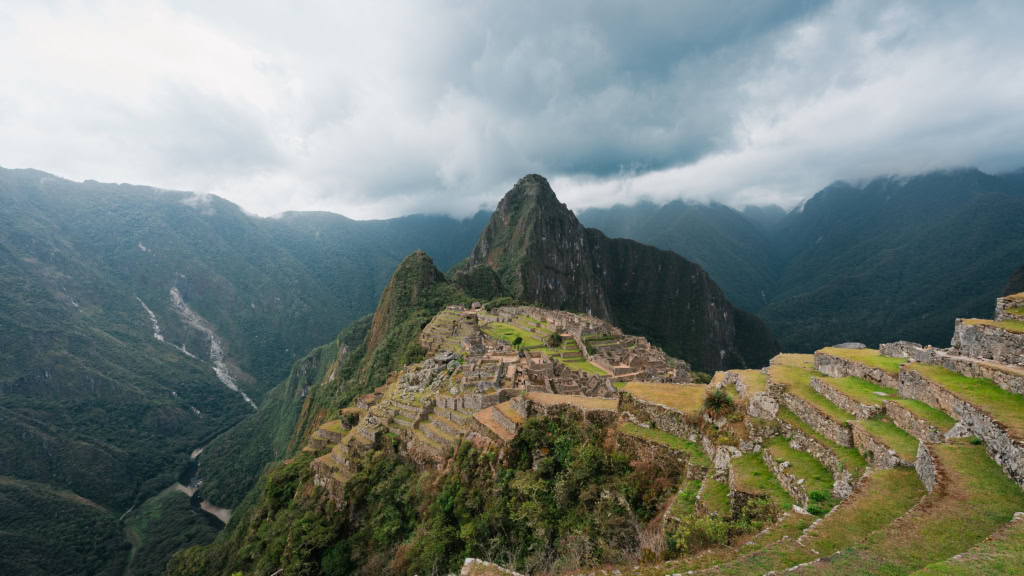The Sacred Valley (Spanish: Valle Sagrado de los Incas) is a fertile valley of cultural and historical significance located along the Urubamba River (also known as the Vilcanota River in the Cusco region) between the towns of Pisac and Ollantaytambo, and in close proximity to Machu Picchu. Even in Inca times, the valley was a central agricultural and trading area due to its milder climate and fertile soils, which were especially conducive to corn cultivation. The Sacred Valley’s landscape combines high Andean peaks, narrow gorges, and wide terraced fields. The altitude along the river valley ranges from approximately 2,000 to 3,500 metres, resulting in different microclimates and cultivation zones.
Quick facts
- Location: Urubamba Valley, between Pisac and Ollantaytambo (Cusco region, Peru). Machu Picchu is located slightly outside the core of the Sacred Valley.
- Nearest major airport: Alejandro Velasco Astete International Airport (Cusco, IATA: CUZ).
- Best time to visit: The dry season (May–September), when there is lower rainfall and clearer visibility.
- Altitudes: Most villages are located between 2,700 m (Ollantaytambo) and 3,000 m (Pisac), while popular tourist destinations such as Moray (3,400 m) and Chinchero (3,760 m) are even higher.

Important sights – Explained in detail
Pisac: Ruins, terraces and the famous craft market
What is Pisac?
Pisac consists of a lively market town on the valley floor and spectacular Inca ruins on a mountainside above it. The ruins include extensive terraces, residential and ceremonial areas, and a strategically placed defence system overlooking the valley. The archaeological site is located well above the town. Climbing up to the upper entrance is well worth the effort for the views and insight into the agricultural culture of the Incas in the Andes, although you can also take a taxi or bus.
Practical information & tips
- Altitude of the town: ~2,972 m. The ruins are higher, reaching up to approximately 3,400 m at the upper points of the complex.
- Market: The large craft market in Pisac is ideal for textiles, jewellery and handicrafts (main market on Sundays, smaller markets on Tuesdays and Thursdays). Tip: Trade fairly, compare prices, and pay attention to quality (e.g. genuine alpaca wool and hand-woven patterns).
- Admission: Pisac is included in the Cusco tourist ticket (Boleto Turístico). Check whether your ticket covers the circuit including Pisac.
Ollantaytambo: Lively Inca Town
What is Ollantaytambo?
Ollantaytambo is one of the best-preserved Inca villages, complete with original street grids, stone-paved alleys, and water channels. Above it towers the monumental terrace and temple complex, often referred to as a fortress, where military and religious functions were combined. Ollantaytambo was a strategic, economic and spiritual hub of the Inca Empire.
Practical information & tips
- Altitude: ~2,792 m – lower than Cusco, therefore often more pleasant for acclimatisation.
- Location & getting there: About 72 km from Cusco. Trains run from here to Aguas Calientes (Machu Picchu Pueblo). It is the ideal starting point for visits to Machu Picchu.
- Admission: Entry to the archaeological site is included in the Boleto Turístico, depending on the ticket type purchased.
Why stay overnight?
Ollantaytambo is atmospheric and less crowded in the evenings, and it is convenient if you are travelling to Machu Picchu by train the next day. Its cobbled streets and restaurants offer a more relaxed atmosphere than Cusco.
Moray: The mysterious ‘climate test terraces’ of the Incas
What is Moray?
Moray is an unusual archaeological site consisting of deep, concentric circular terraces (‘bowls’), the largest of which is around 30 metres deep. Archaeologists believe that the Incas used these depressions as experimental agricultural terraces. The temperature differences between the upper and lower levels created microclimates that enabled various experiments to be conducted with plants and seedlings. Moray is located on a plateau to the west of Maras.
Practical information & tips
- Altitude: approximately 3,400 metres. Visitors should be prepared for thinner air.
- Combined tour: Moray is often visited alongside the salt pans of Maras as they are close together and make a popular half-day excursion from Cusco or Ollantaytambo.
- Duration of visit: 45–90 minutes is usually enough time to see all the ‘bowls’ and enjoy the view. It is very photogenic, especially in low light.
Maras (Salineras): Pre-Hispanic salt pans
What are the Salineras?
The Salineras de Maras are several thousand small, terraced salt pans in a mountain gorge. Highly saline spring water is channelled into an intricate system of channels where it evaporates and the salt crystallises. This ancient facility was originally built by the pre-Inca people, expanded by the Incas, and is still operated by local families today.
Practical information & tips
- Altitude: Officially often stated as ~3,300 m.
- Access & behaviour: For sustainability and hygiene reasons, there are rules (in some years, access to the pans has been restricted). It is important to follow the local supervisors’ instructions, avoid stepping into the pans and use the marked paths.
- Duration of visit & photo tip: 45–90 minutes. The late afternoon sun or cooler morning light provides beautiful contrasts. Local merchants offer refined salt products, such as flavoured salts.
Chinchero: Weaving, textiles and colonial church
Chinchero is a traditional Andean village renowned for its weaving and textile traditions. Visitors can enjoy weaving demonstrations and learn about natural dyeing methods, as well as browse a market offering high-quality textiles crafted by local families. The village also has a colonial plaza with an impressive church. Chinchero offers insights into the vibrant Quechua culture and craft techniques.
Getting there & getting around the Sacred Valley
Getting there from Cusco
Cusco is the transport hub; most international travellers arrive via Cusco Airport (Alejandro Velasco Astete). From the city centre, you can reach the towns of the Sacred Valley by private taxi, shared transfer (‘collectivo’), local bus or, in the case of Ollantaytambo, by train.
Tip for route planning
A typical itinerary is to arrive in Cusco and spend 1–2 nights acclimatising before moving on to the Sacred Valley (Pisac, Urubamba and Chinchero), followed by Ollantaytambo, where there are train connections to Machu Picchu. Many travellers deliberately stay in the Sacred Valley as the lower altitude is often more comfortable.
Admission rules & ‘Boleto Turístico’ (Cusco tourist ticket)
Many of the archaeological sites in the Sacred Valley (e.g. Pisac, Ollantaytambo, Chinchero and Moray, depending on the route taken) are included in the official tourist ticket for Cusco (Boleto Turístico). There are different versions, including short/partial tickets and an integral ticket for 16 locations, with different validity periods. The Salineras de Maras are not included, so an additional admission fee must be paid. You should check on site which circuit ticket is required.
Best time to travel, climate & practical health tips
Best time: The best time to travel is the dry season (May–September), when you can expect clearer weather, less rain and better visibility. The shoulder seasons (April and October) can also be good options (fewer people and mostly acceptable weather).
Altitude sickness: Many places in the Sacred Valley are located between 2,700 and 3,400 metres above sea level. Taking things slowly for the first 24 to 48 hours, drinking plenty of fluids, eating light meals and, if necessary, drinking coca tea can help. If you are particularly susceptible, plan for extra time to acclimatise and avoid strenuous hikes immediately after arrival. It is advisable to seek medical advice before travelling, for example regarding travel medication.
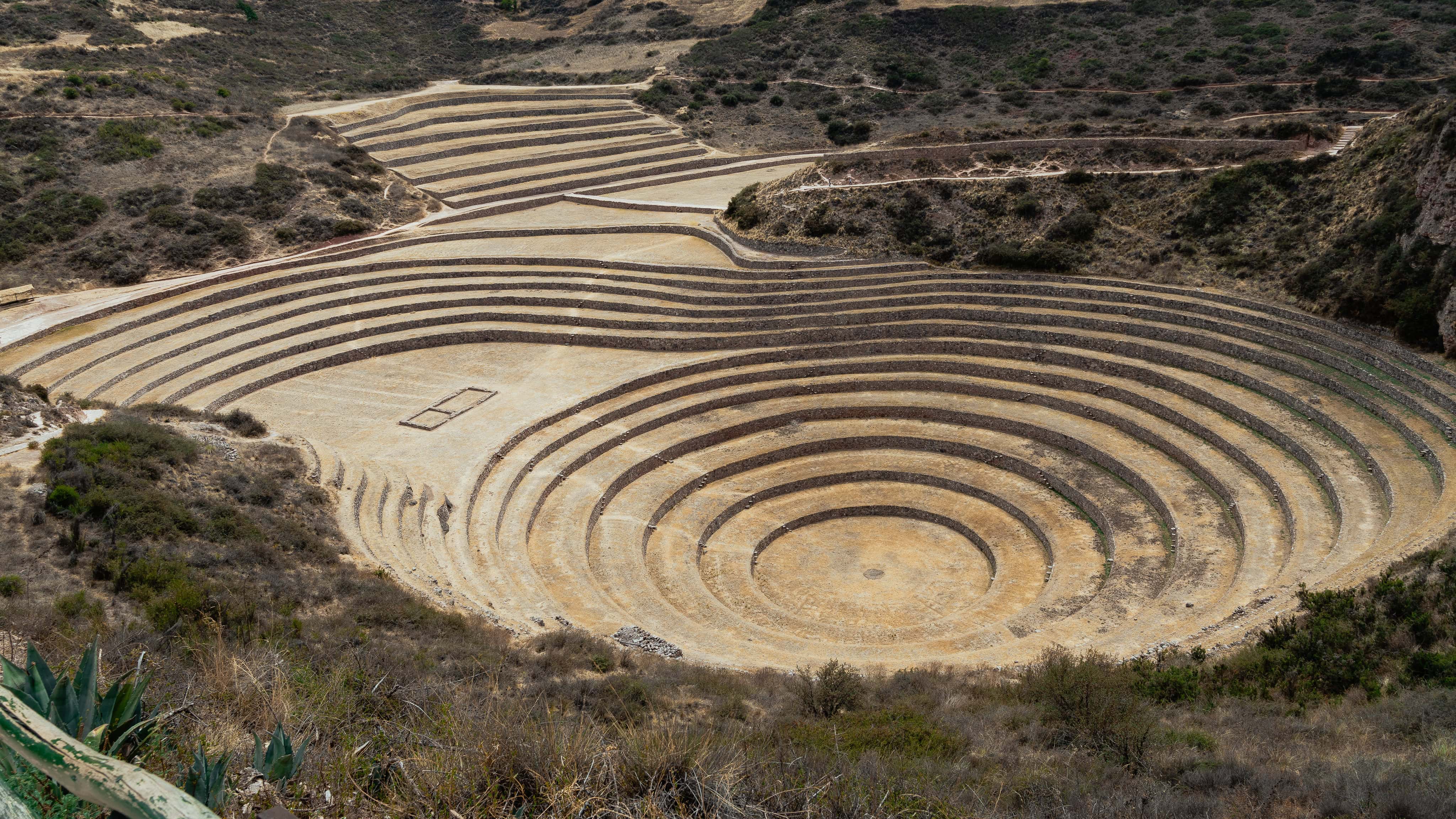
Sustainability & culture: Respectful travel
The Sacred Valley is a vibrant cultural area, home to many Quechua communities. Sustainable tourism helps to respect the communities’ way of life: take locally guided tours, buy directly from producers, adhere to guidelines at archaeological sites, and exercise restraint when taking photographs of local rituals. Recent reports show that climate change (e.g. glacier melt) and socio-economic changes are affecting the region. Travellers can help by making informed choices.
Packing list & practical travel tips
- Sun protection (due to strong UV radiation at high altitudes): sunglasses and a hat.
- A water bottle, light snacks and medication for altitude sickness (as advised).
- Hiking boots with good tread for steep, uneven paths.
- Cash in soles for markets and small fees (card payments are not possible everywhere).
- Respectful photography: ask before taking photos of people.
The Sacred Valley in Peru is much more than just a ‘stopover’ on the way to Machu Picchu. Its vibrant Andean culture, archaeological masterpieces and breathtaking scenery make it one of the most fascinating destinations in South America. From strolling through the market in Pisac and exploring the imposing terraces in Ollantaytambo to marvelling at the mysterious circles of Moray and gazing at the sparkling salt pans of Maras, each stop offers a unique insight into the knowledge, spirituality and way of life of the Incas and their descendants. Visitors not only gain unforgettable impressions, but also a deeper understanding of the importance of nature, agriculture and tradition in the Andean region.


